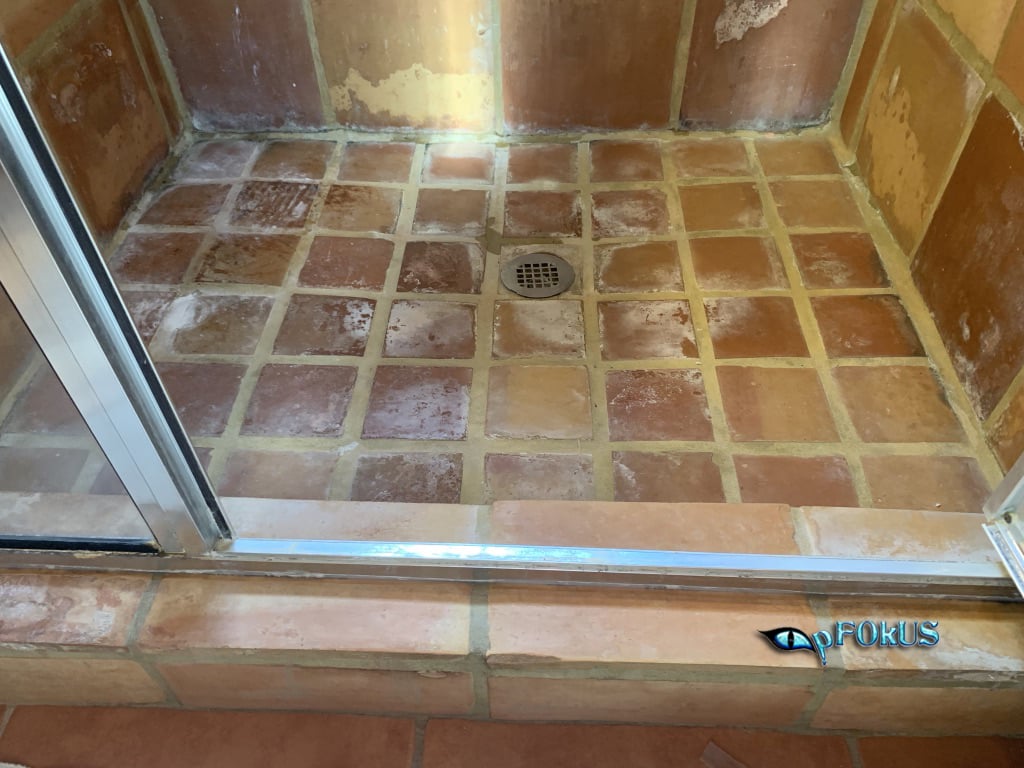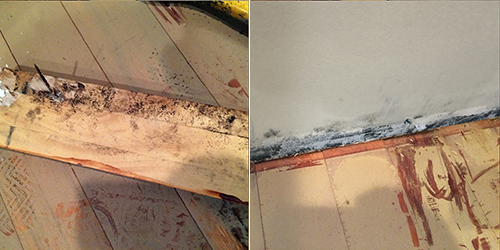Searching for Indications of Water Damage in the Bathroom
Searching for Indications of Water Damage in the Bathroom
Blog Article
We have come across the article about Common Causes of Water Damage in a Bathroom below on the web and decided it made good sense to talk about it with you on this page.

The restroom is extremely vulnerable for moist build-up as well as prospective water damages due to the frequent use of water in it. This article supplies straightforward examination strategies to aid identifying water damages dangers.
The regular use water in the shower room makes it very susceptible for moist accumulation and possible water damages. By evaluating it frequently, you can decrease water related problems.
The complying with set of inspections is very easy to carry out and should be done as soon as in every 3 months in order to maintain your restroom healthy and to avoid possible water damages brought on by the bathtub, the shower, pipeline joints and also plumbing, sinks, cupboards, and also the toilet
Do not disregard executing these examinations and be thorough while doing them. Keep in mind that these basic examinations can conserve you a lot of cash by providing very early indications for water damages
Tub and also Shower
The shower as well as bath tub need special interest and upkeep. Check the ceramic tiles and also replace if fractured. Ensure that there is no missing out on cement between the floor tiles. Check and change broken caulking at joints where the wall surfaces satisfy the flooring or the tub. Clogged drains pipes and pipelines issues will stop the bathtub from drying out and might indicate severe problems under the bathtub. Seek advice from an expert quickly to prevent architectural damage. Focus on stainings or soft areas around the bath tub walls as they might indicate an interior leakage.
Plumbing
Signs for water damage are difficult to detect considering that the majority of pipelines are installed inside the wall surfaces.
Pay unique interest to floor covering and wall surfaces dampness and spots as they might suggest an unseen plumbing problem. Check dampness levels in adjacent spaces as well.
Sinks and also Cabinets
Sinks and closets are subjected to dampness as well as humidity everyday and are typically ignored. Check on a regular basis under the sink as well as on the counter top over it. Fix any type of drip in the catch as it might recommend drain issues. Browse the sink, slow draining pipelines might show an obstructed drainpipe. Change sink seals if they are split or loosened.
The Bathroom
The bathroom is a susceptible water junction. Check the water lines and look for leakages around the commode seat, in the hose pipe, and also under the water tank. If you find any indications of dampness on the floor around the bathroom, look for leaks in the toilet edge and also storage tank seals.
Realize that hanging toilet dish antiperspirants increases the possibilities for obstructions.
Water Damage Signs In The Bathroom To Avoid Cleanup
Musty smell
This is one of the easiest signs to catch because musty smells are so odorous. The damp, earthy, moldy smell should be a big red flag. The smell will develop when moisture gets trapped in surfaces, and begins to facilitate mold growth. Leaking pipes under cabinets, inside walls, and behind shower fixtures will cause moisture to stay trapped and not dry, which will lead to mold growth and spread. As soon as you notice any musty smells in your bathroom, have it checked for hidden water damage and cleanup signs.
Visible mold
If the smell isn’t there to give it away, sometimes you will actually see mold growth. Finding mold in your bathroom is a serious problem, because mold is very harmful to your health. By the time mold growth is visible, it also means that water damage has already occurred and been present for some time. The only way the mold problem can be resolved is to find the source of the moisture and get it stopped. To safely and adequately remove mold, you need to have professionals handle the remediation. Do not waste any time in getting mold problems addressed, fixed, and sanitized so that you can protect you and your family from the many respiratory symptoms caused by mold exposure.
Damaged floors
Bathroom floors should be able to withstand some exposure to water while still remaining in good condition. However, when excess exposure or water leaks occur, they will begin to damage even the most water-resistant flooring. If you notice any cracking, bubbling, staining, or warping on your bathroom floors, there is probably a water leak somewhere causing the distortion. If you notice areas of the floor have become softer, or even have a spongy feeling, there is probably damage to the subfloor. Subflooring is typically made up of plywood. When plywood is exposed to water or moisture, it will absorb it. Once it has become saturated, the weight of the excess water will cause the wood to swell and soften. Check the floors in your bathroom frequently to catch any of these sings before they lead to damaged subflooring.
Changes on walls
When water leaks behind walls, it will cause changes in the drywall. Peeling plaster, blistering paint, and soggy wallpaper are all good indicators that excess water is building up behind the wall. Water leaking behind drywall will cause it to swell and be soft to the tough. If you start to notice gaps along the trim of your walls, or where tile meets the wall, it could also be a strong indicator that there is a leak behind the wall. Any changes, distortion, or damage on the walls should be evaluated as soon as you notice it to prevent further water damage and cleanup.

Do you appreciate reading up on Preventing Water Damage in the Bathroom? Leave feedback below. We'd be pleased to see your views about this blog posting. We hope that you visit us again later on. Are you aware of someone else who is interested in the subject? Do not hesitate to promote it. We truly appreciate reading our article about Looking for Signs of Water Damage in the Bathroom.
Details Report this page